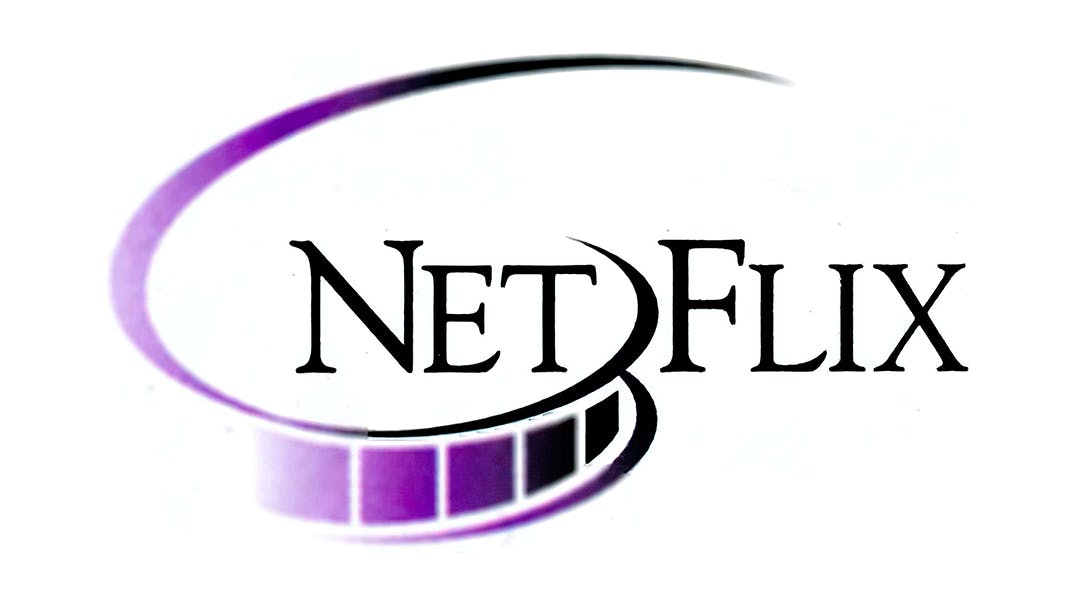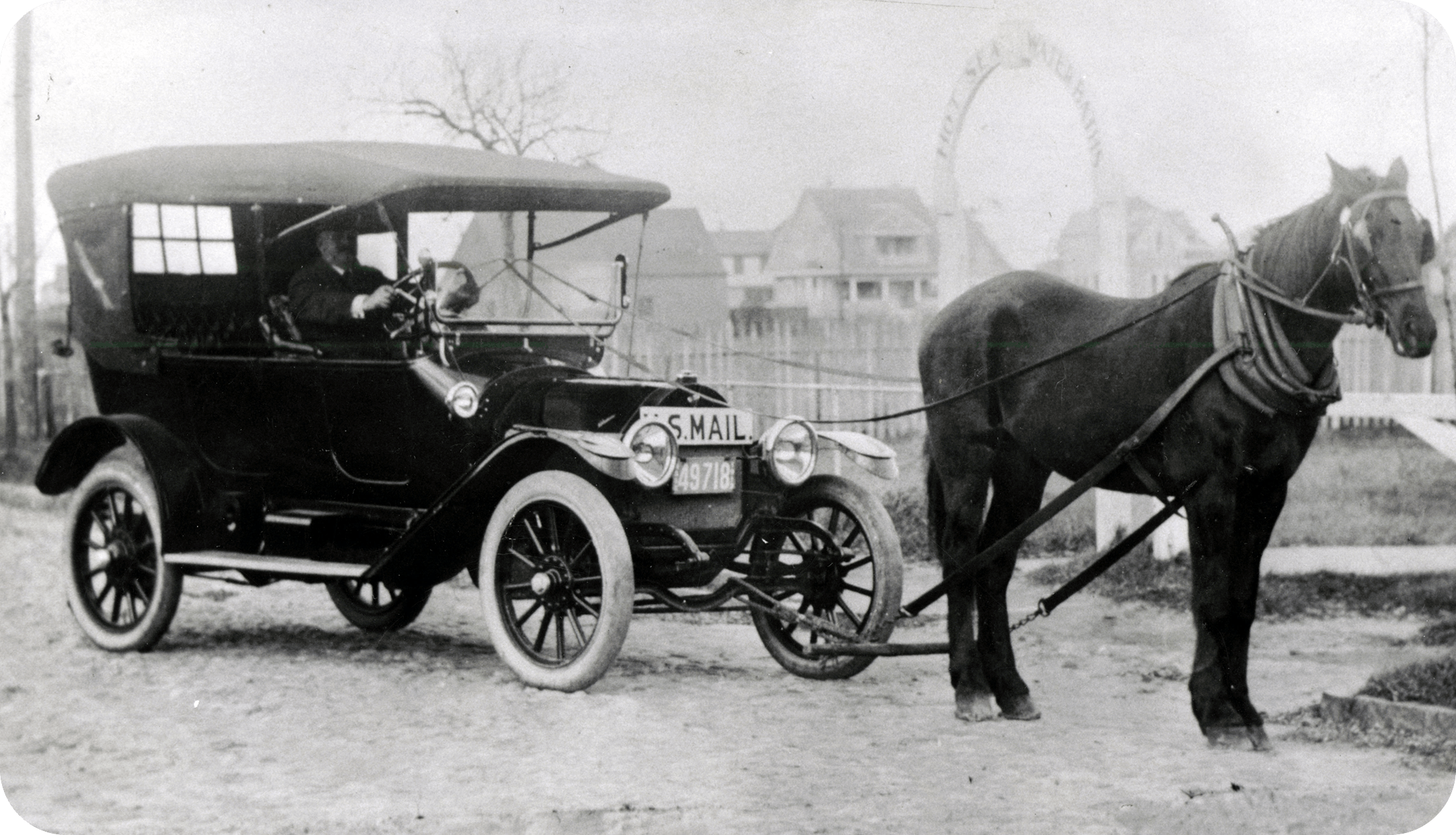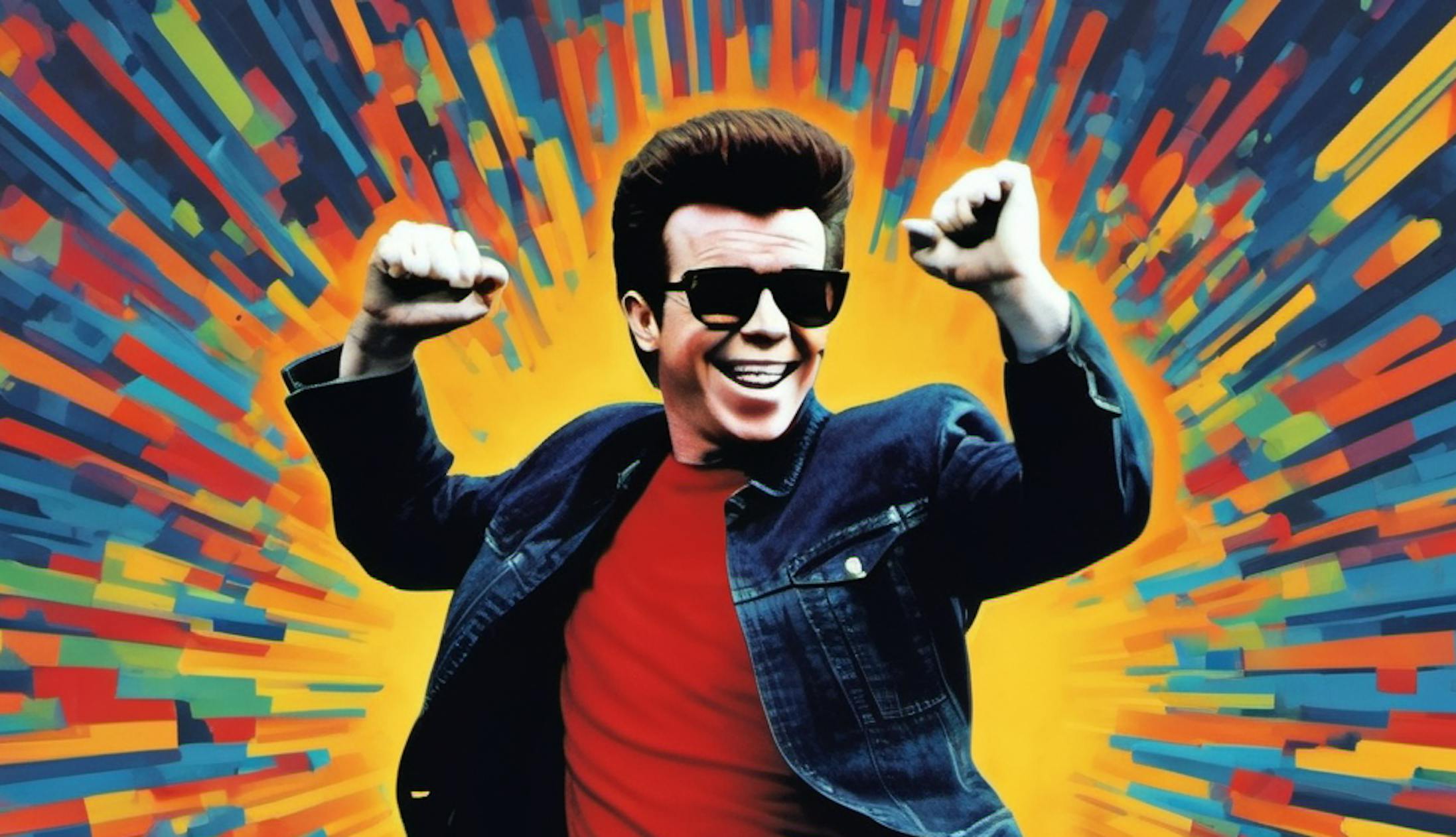We often meet entrepreneurs who have a great idea. Sometimes they think their idea is so great, their not-so-secret desire is to shove it down the throat of their customers. But they can’t really brainwash their users so they start wanting their product.
This is basically the world turned upside down. What you don’t want to do is to build a solution in search of a problem. Rather, you should start with the problem. Test and validate your assumptions and ultimately come up with a solution that your users want - without any brainwashing involved.
Solutions can change
Actually, the solution (or your brilliant idea) doesn’t matter that much. If you have a clear problem that you’re solving, your solution will probably change over time - you’ll make it better and scale things up - but the problem you solve might stay pretty much the same.
Take for example Netflix: in 2019 they streamed content to 167 million paid users. That sounds like a great idea. I wish I had that idea before the founders of Netflix did! However, when I tell you they started out in 1997 as an online DVD mail-order rental service, it’s not nearly as sexy (particularly considering the logo at the time). Even though the idea for streaming - basically the Netflix as we know it - did not arise until 10 years later, there is one important aspect that stayed more or less constant: the problem.

Back in the 90's, you had to be at home and in front of the TV at the right time in order to catch your favourite show! Alternatively, you could program your video recorder to record the show on VHS (for gen-z: that’s about 174 meters of magnetic tape for storing roughly 2 hours of video, all rolled up in a plastic black box bigger than your iPhone). If you ever missed an episode because you forgot to tape it (or your room mate taped over it), you know this is downright painful, and the DVD (introduced in 1996) did not do much to solve this either.
Netflix provides, and always has provided, video-on-demand. Contrary to linear television, this means you can watch what you want, when you want. That solves problems of forgetting to hit record, missing the game when you’re stuck in traffic and having to conform to whatever the TV network thought you should like. Netflix's solution has evolved over time: first they mailed DVDs to customers on demand, now they have an app. The gist of the problem is the same: you don’t have to worry about when your show is on. And people, as it turns out, are willing to pay for that.
How to find a good problem
Not all problems are worthy of solving. There are good problems and bad ones. To assess the potential of the problems you’re looking into, there are a few techniques to keep in mind.
Check existing solutions
Do you think you’re onto something? Try to find out how people are mitigating that problem right now. The best case scenario is that people are struggling and try to work around the problem, not quite solving it. This is strong proof they need that problem solved. Some other problems already have a solution, but maybe the solution is simply not good enough.
In other words, new products can be disruptive or incremental. Both can be worthy of a new product, but incremental solutions usually have less value to the customer, because they can always choose to stick to their current habits.
For example, a struggle with disc-mans used to be the need to carry a bunch of CD’s with you if you wanted to switch music. You could take on that chunky backpack full of CD’s by producing CD pouches, but this is incremental and hence only finds market pull if you can make them rather cheap. However, if you manage to solve both the incremental problem (I have to carry CD’s) and the prior underlying problem (listening to music on the go), you sometimes can successfully assimilate the original market: the iPod required no CD’s at all, and therefore took it over from the disc-man.
Ask why, why, why
Don’t just ask your target users what they need or want and leave it at that. A famous quote (possibly falsely) attributed to Henry Ford is: “If I had asked people what they wanted, they would have said faster horses.” However, history shows that nobody has wanted for a faster horse since Ford started making affordable automobiles. In reality, people wanted faster transportation.
Indeed, if you ask people what they want, they usually won’t be very helpful. If people could simply and plainly tell you what problem they have and how it should be solved, they probably should start a venture themselves. Sakichi Toyoda, whose son founded Toyota, invented a simple method of getting to the root cause: ask “Why?” 5 times.
“I want a faster horse”
- “Why?” - “My current horse is too slow”
- “Why?” - “It takes me too long to travel”
- “Why?” - “I can’t reach my family in another town within one day”
- “Why?” - “My horse can’t walk too long on one day”
- “Why?” - “It needs feeding and rest”
Maybe you could invent a faster form of transportation that doesn’t require feeding and rest. Let’s call it an automobile.

Lucky shot
Finding a good problem to solve isn’t always easy. It requires a critical attitude and thorough research, with customer interviews, testing and probably some setbacks. There are tools to structure your thinking, such as the Value Proposition Canvas. There are also ways to test your conclusions. More about that here.
Of course a good problem/solution fit is no guarantee of success. Many challenges are lurking at the launch of a new product, such as trouble to raise money fast enough, struggles in the team and market competition. That’s all part of the game, though. Ultimately, starting a new venture is a lucky shot. But if you launch a solution to a clearly felt, high-value problem, it’s way more likely that luck will be in your favor.


 Glenn Bergmans
Glenn Bergmans
 Martijn Imhoff
Martijn Imhoff
 Bas de Vaan
Bas de Vaan
 Katja van Weert
Katja van Weert


